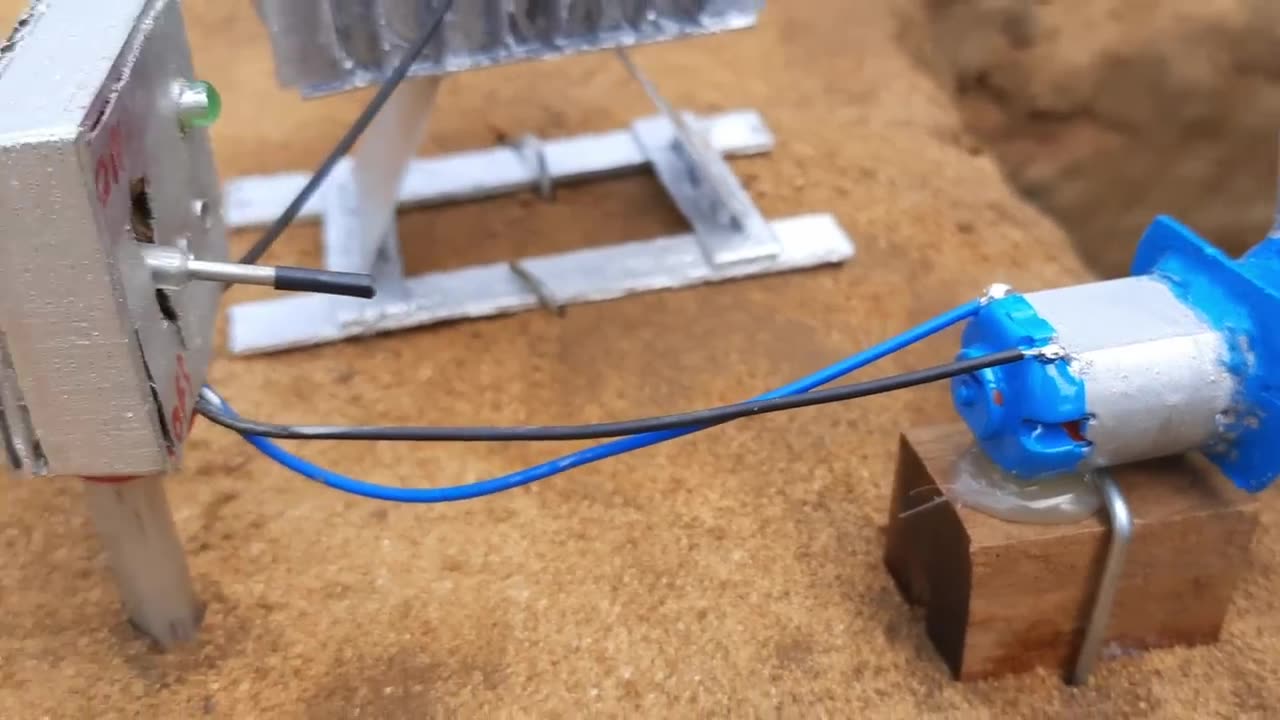Premium Only Content

Water filter tank construction
Constructing a water filter tank involves several steps and considerations to ensure effective water filtration. Below is a general description of how to construct a basic water filter tank. Keep in mind that specific requirements and materials may vary based on the size and purpose of the tank.
Materials and Tools:
Tank: You'll need a tank or container to hold the filter media and water. Common options include plastic barrels, concrete tanks, or custom-built containers.
Filter Media: Select the appropriate filter media based on the contaminants you want to remove. Common choices include sand, gravel, activated carbon, or a combination of these.
Piping and Valves: You'll need pipes, connectors, and valves to control the flow of water into and out of the tank.
Support Structure: If necessary, build a support structure to hold the tank securely in place.
Inlet and Outlet Fittings: Install fittings for the water inlet and outlet.
Construction Steps:
Design and Planning: Determine the size and capacity of your water filter tank based on your water filtration needs and available space. Decide on the type and arrangement of filter media.
Location: Choose a suitable location for your tank. It should be easily accessible for maintenance and close to the water source.
Prepare the Tank: If you're using a container like a plastic barrel, clean it thoroughly to remove any contaminants. For custom-built tanks, ensure that it is watertight and structurally sound.
Inlet and Outlet Installation: Install the inlet and outlet fittings on the tank. The inlet should connect to the water source, and the outlet will carry the filtered water to its destination. Use appropriate seals and plumbing materials to prevent leaks.
Layering Filter Media:
a. Gravel: Place a layer of coarse gravel at the bottom of the tank. This acts as a support for the finer filter media and helps distribute water evenly.
b. Sand: Add a layer of fine sand above the gravel. The sand traps smaller particles as water passes through.
c. Activated Carbon (Optional): If you want to remove organic compounds and odors, add a layer of activated carbon on top of the sand.
d. Gravel: Finish with another layer of gravel to prevent the finer media from mixing with the filtered water.
Piping: Connect the inlet pipe to the tank and secure it in place. Connect the outlet pipe to the tank's outlet and ensure it leads to the desired location for the filtered water.
Valves and Controls: Install any necessary valves and controls to regulate the flow of water in and out of the tank. These can be used to control the filtration rate and perform backwashing if required.
Testing and Maintenance: Before putting the filter into regular use, thoroughly flush the system to remove any loose particles. Regularly monitor the performance of the filter and replace filter media as needed.
Safety Measures: If your water source may contain harmful bacteria or pathogens, consider adding a disinfection step after filtration, such as chlorination or UV treatment, to ensure the water is safe for consumption.
Documentation: Keep records of the installation, maintenance, and any modifications made to the water filter tank.
Always follow local regulations and guidelines when constructing water filtration systems, especially if the filtered water is intended for consumption or other critical uses. Consulting with a water treatment professional is also advisable for complex or large-scale filtration projects.
-
 6:10:35
6:10:35
Grant Cardone
1 day agoHow to Build Wealth in 2025 - Grant Cardone LIVE!
43.5K -
 DVR
DVR
Phyxicx
3 hours agoBrrrap Pack Halo Tournament! - 6/28/2025
168 -
 1:20:15
1:20:15
Jeff Ahern
4 hours ago $4.27 earnedThe Saturday Show with Jeff Ahern
154K5 -
 LIVE
LIVE
Meisters of Madness
2 hours agoThe Halo Classic - 3
145 watching -
 LIVE
LIVE
ZWOGs
5 hours ago🔴LIVE IN 1440p! - #MensMentalHealth w/ @crgoodw1n then Halo 3 Tournament w/ Omega - Come Hang Out!
33 watching -
 LIVE
LIVE
Spartan
5 hours agoPro Halo Player | HCS Open Series #7 with OMiT Halo
256 watching -
 8:43:27
8:43:27
GritsGG
9 hours agoWe Are Winning Every Game! Win Streaking! 👑 2998+ Ws
55.6K -
 8:28
8:28
nospeedlimitgermany
3 days ago $4.31 earnedFord Mustang GT 5.0 V8 421 PS Top Speed Drive German Autobahn No Speed Limit POV
45.2K15 -

SilverFox
9 hours ago🔴LIVE - Fox FINALLY plays FORTNITE
29.5K1 -

Fragniac
5 hours ago🌕 Claire Obscur: EXPEDITION 33 - Act II⚔
37.4K1